Preceded by Daniel H. Burnham | Role Architect Name George Post | |
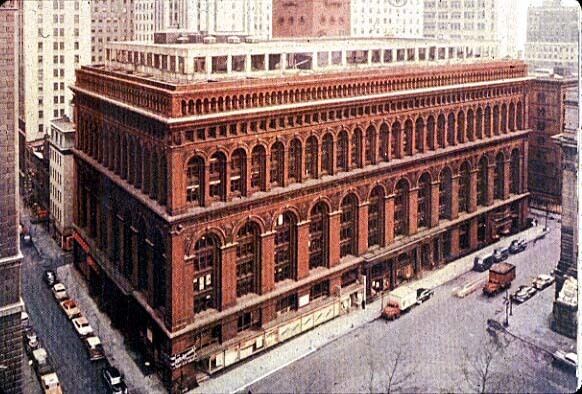 | ||
Born December 15, 1837Manhattan, New York ( 1837-12-15 ) Spouse(s) Alice Matilda Stone (m. 1863) Died November 28, 1913, Bernardsville, New Jersey, United States Parents Joel Browne Post, Abby Mauran Church Structures New York World Building, Wisconsin State Capitol, Brooklyn Historical Society, Williamsburgh Savings Bank, Western Union Telegrap | ||
WPT University Place: George B. Post: Architect of the Wisconsin Capitol
George Browne Post (December 15, 1837 – November 28, 1913) was an American architect trained in the Beaux-Arts tradition. Many of his most characteristic projects were for commercial buildings where new requirements pushed the traditional boundaries of design. Many of them have also been demolished, since their central locations in New York and other cities made them vulnerable to rebuilding in the twentieth century. Some of his lost buildings were landmarks of their era, nevertheless. His eight-story Equitable Life Assurance Society (1868–70), was the first office building designed to use elevators; Post himself leased the upper floors when contemporaries predicted they could not be rented. His Western Union Telegraph Building (1872–75) at Dey Street in Lower Manhattan, was the first office building to rise as high as ten stories, a forerunner of skyscrapers to come. When it was erected in "Newspaper Row" facing City Hall Park, Post's twenty-story New York World Building (1889–90) was the tallest building in New York City.
Contents
- WPT University Place George B Post Architect of the Wisconsin Capitol
- Biography
- Legacy
- Selected works by George B Post
- References
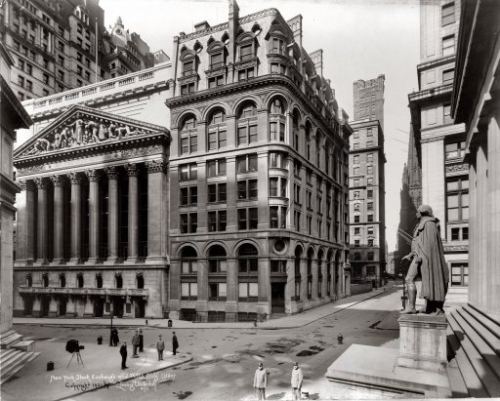
Biography
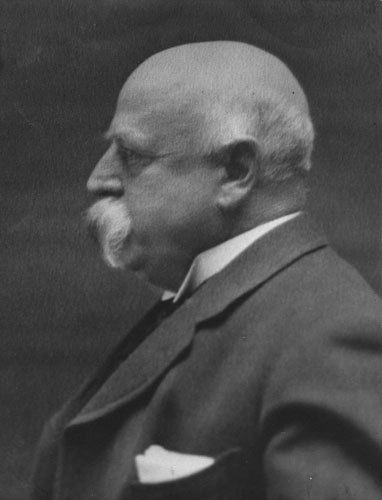
He was born on December 15, 1837 in Manhattan, New York to Joel Browne Post and Abby Mauran Church.
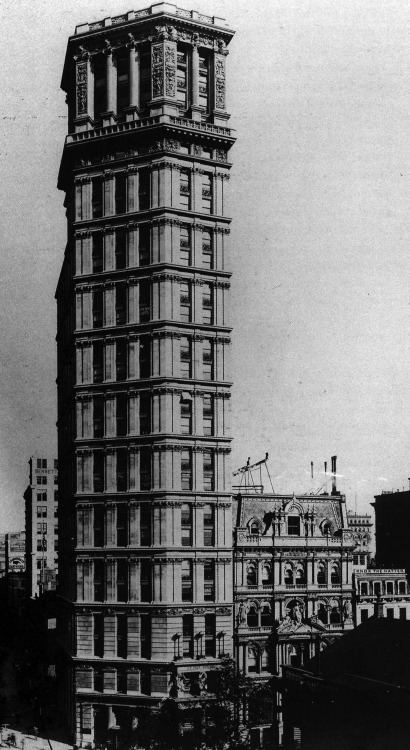
He graduated from New York University in 1858 with a degree in civil engineering. He then became a student of Richard Morris Hunt from 1858 to 1860. In 1860 he formed a partnership with a fellow-student in Hunt's office, Charles D. Gambrill, with a brief hiatus for service in the Civil War. He married Alice Matilda Stone (1840-1909) on October 14, 1863. They had five children: George Browne, Jr., William Stone, Allison Wright, James Otis and Alice Winifred.
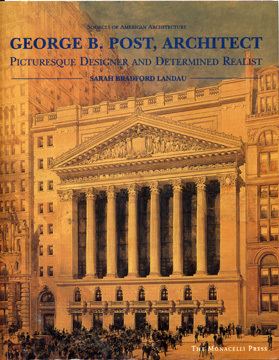
At the World's Columbian Exposition in Chicago, Illinois in 1893, Post was named to the architectural staff by Burnham and Root. He designed the Manufactures and Liberal Arts Building.
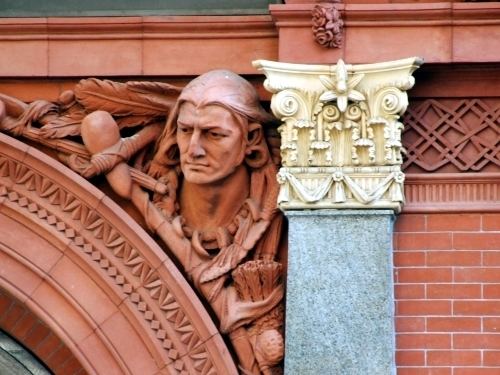
Post served as the sixth president of the American Institute of Architects from 1896 to 1899, and received the AIA Gold Medal in 1911.
He died on November 28, 1913 in Bernardsville, New Jersey. Post was interred at Woodlawn Cemetery in The Bronx, New York City.
Legacy
He also designed more staid public and semi-public structures:
Among the prominent private houses by Post were the French chateau for Cornelius Vanderbilt II (1879–82) that once stood at Fifth Avenue and 57th Street (that was photographed by Albert Levy while being built), and the palazzo that faced it across the street, for Collis P. Huntington (1889–94). In Newport, Rhode Island he built for the president of the Louisville and Nashville Railroad, C.C. Baldwin, "Chateau-Nooga" or the Baldwin Cottage (1879–80), a polychromatic exercise in the "Quaint Style" with bargeboards and half-timbering; John La Farge provided stained glass panels.
He trained architect Arthur Bates Jennings.
A true member of the American Renaissance, Post engaged notable artists and artisans to add decorative sculpture and murals to his architectural designs. Among those who worked with Post were the sculptor Karl Bitter and painter Elihu Vedder. Post was a founding member of the National Arts Club, serving as president from 1898 to 1905. In 1905, his two sons were taken into the partnership, and they continued to lead the firm after Post's death, notably as the designers of many Statler Hotels in cities across the United States. Thereafter, the firm carried on under the stewardship of Post's grandson, Edward Everett Post (1904–2006) until the late twentieth century.
Post served as sixth president of the American Institute of Architects, 1896-99, and he received the AIA Gold Medal in 1911. His extensive archive is in the collection at the New-York Historical Society.
Sarah Bradford Landau's publication George B. Post, Architect: Picturesque Designer and Determined Realist (1998) inspired a retrospective exhibition in 1998–99 to revisit Post's work at the Society. In 2014, curator, architect George Ranalli presented an exhibition of Post's drawings and photographs of the design of the City College of New York's main campus buildings, on loan from the New York Historical Society.
